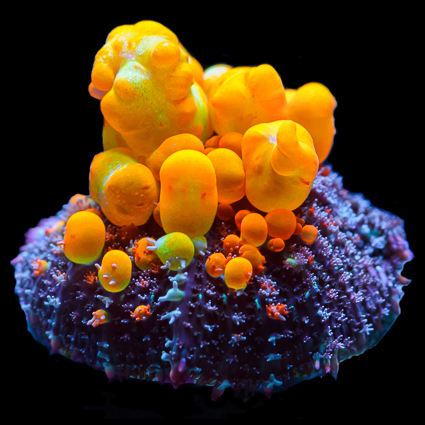

The oral disk connects ventrally to a thin body, with a foot disk at its end. Ricordea yuma have a large oral disk, covered in tentacles that spread out from the center in a spiral formation. Phylogenomic analysis has shown that they are not descendants of scleractinian corals that lost their ability to calcify, but are rather a sister clade Throughout their evolution Corallimorpharia never had the ability to calcify, making the label “naked corals” somewhat of a misnomer. Ricordea yuma is a corallimorpharian species, often called “naked” or “false” corals because they lack the distinctive calcification of related scleractinian corals. This may be one mechanism of how they are able to spread and overtake areas rapidly They have been observed being competitively successful at monopolizing areas by excluding reef-building coral species, after a disturbance in the substrate. Ricordea yuma can reproduce both sexually, and asexually by budding a new coral with replicated elements from the mother coral. Distinctive features include a large mouth disk that takes up most of the organism, and brightly colored tentacles. Ricordea yuma are found on the sea floor in relatively shallow, tropical or subtropical ocean environments. Ricordea yuma is a species of coral in the family Ricordeidae, order Corallimorpharia This order of corals do not produce the distinctive calcification of the closely related Scleractinian, or reef building corals.


 0 kommentar(er)
0 kommentar(er)
